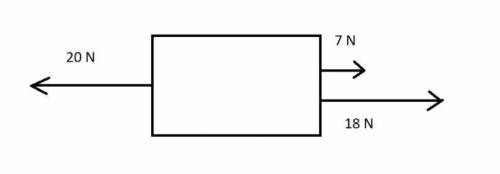
Physics, 08.12.2021 18:00 Zshotgun33
1. If Cadmium has an atomic number of 48 and an atomic mass of 112 and it undergoes alpha decay, what is the new element produced?
a. Palladium, atomic number: 46, atomic mass: 108
b. Ruthenium, atomic number: 44, atomic mass: 110
c. Tin, atomic number: 50, atomic mass: 118
d. Cadmium, atomic number: 48, atomic mass: 108
2. What is the difference between nuclear fission and nuclear fusion?
a. Nuclear fission involves a lighter element splitting into even lighter elements, nuclear fusion involves heavier elements splitting into lighter elements
b. Nuclear fission involves a heavier element splitting into lighter elements, nuclear fusion involves two lighter elements joining into a heavier element
c. Nuclear fusion involves a heavy element splitting after absorbing energy, nuclear fission involves a heavy element splitting by producing energy
d. Nuclear fusion can only be produced artificially, nuclear fission happens in the natural world
3. In the following free body diagram, what is the net force on the object?
a. 10 N to the left
b. 5 N to the right
c. 20 N to the right
d. 7 N to the left
(Diagram Below)


Answers: 1


Another question on Physics

Physics, 22.06.2019 10:10
Which branches of natural science include the study of an organism that lived 10 million years ago
Answers: 1

Physics, 22.06.2019 21:00
Describe how the motion of a spring being pushed forward and backward is similar to the motion of air particles in a sound wave.
Answers: 1

Physics, 22.06.2019 21:20
People with normal vision cannot focus their eyes underwater if they aren't wearing a face mask or goggles and there is water in contact with their eyes. in a simplified model of the human eye, the aqueous and vitreous humors and the lens all have a refractive index of 1.40, and all the refraction occurs at the cornea, whose vertex is 2.60 cm from the retina.with the simplified model of the eye, what corrective lens (specified by focal length as measured in air) would be needed to enable a person underwater to focus an infinitely distant object? (be careful-the focal length of a lens underwater is not the same as in air! assume that the corrective lens has a refractive index of 1.62 and that the lens is used in eyeglasses, not goggles, so there is water on both sides of the lens. assume that the eyeglasses are 2.05cm in front of the eye.)
Answers: 3

Physics, 23.06.2019 04:31
The radioactive isotope of lead, pb-209, decays at a rate proportional to the amount present at time t and has a half-life of 3.3 hours. if 1 gram of this isotope is present initially, how long will it take for 80% of the lead to decay? (round your answer to two decimal places.)
Answers: 2
You know the right answer?
1. If Cadmium has an atomic number of 48 and an atomic mass of 112 and it undergoes alpha decay, wha...
Questions

English, 08.02.2021 21:00

Mathematics, 08.02.2021 21:00


Arts, 08.02.2021 21:00

Social Studies, 08.02.2021 21:00

Mathematics, 08.02.2021 21:00

Mathematics, 08.02.2021 21:00





Mathematics, 08.02.2021 21:00


Mathematics, 08.02.2021 21:00




Arts, 08.02.2021 21:00

Mathematics, 08.02.2021 21:00




